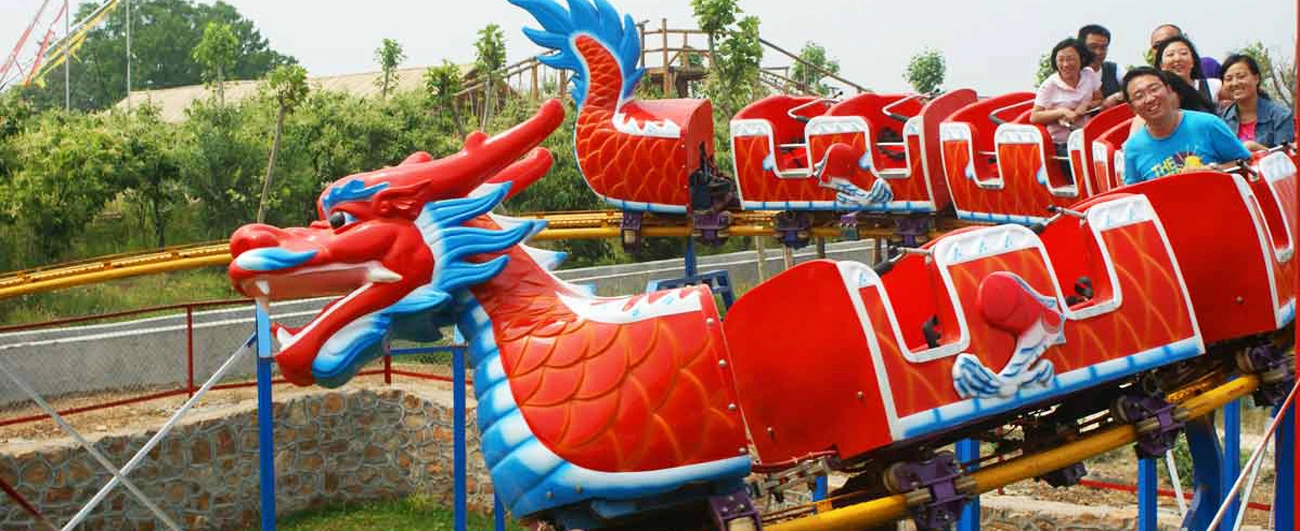Leveraging Tourist Riding Data to Refine Amusement Ride Management
Tourism-driven amusement venues thrive on the precision of operational strategies. Accurate interpretation of riding habits enables the optimization of resources, the enhancement of guest experience, and the maximization of revenue streams. The confluence of modern data analytics with ride-specific insights has transformed the way parks, resorts, and recreational zones approach ride management.
Understanding Riding Behavior Patterns
Tourists exhibit distinct preferences influenced by age, cultural background, group size, and time of visit. Seasonal fluxes, weather conditions, and promotional events further influence ride choices. A ride such as a double decker carousel for sale appeals differently to multi-generational groups compared to a high-intensity dragon roller coaster that attracts thrill-seekers.

Through meticulous data logging—entry counts, boarding frequency, wait-time analytics, and throughput rates—management can identify which attractions consistently achieve peak demand. These metrics, when cross-referenced with demographic data, reveal correlations that are instrumental in refining operational schedules.
Capacity Planning and Queue Management
Data on ride turnover rates assists in calculating optimal dispatch intervals. For attractions such as a trackless train ride for sale, which may operate across varying terrains or thematic zones, understanding average trip duration helps in establishing precise departure schedules. This minimizes idle capacity while maintaining consistent passenger flow.

High-velocity attractions like the dragon roller coaster require synchronized cycle timing to balance ride intensity with safety protocols. Adjusting the number of operational vehicles or train sets during peak tourist influxes directly impacts throughput efficiency and guest satisfaction.
Predictive Maintenance Scheduling
Mechanical downtime not only affects guest experience but also diminishes daily revenue potential. Integrating riding habit data with maintenance logs allows predictive servicing schedules. For example, if a particular carousel experiences an unexpected surge in usage during festivals, early component inspection can prevent mid-season breakdowns.
Amusement rides manufacturer guidelines often specify load thresholds and operational hours before parts require replacement. Combining these specifications with real-time usage data yields precise servicing timelines that prevent unplanned outages.

Spatial Flow Optimization
Tourist movement patterns within a park influence congestion hotspots and underutilized areas. Ride popularity heatmaps, generated through ticket scans or digital tracking, provide spatial insight. If the data reveals disproportionate attention toward the dragon roller coaster while other attractions remain underused, strategic placement of thematic rides like a double decker carousel can distribute foot traffic more evenly.

Positioning a trackless train station near high-traffic zones further enhances flow, offering guests seamless transit while increasing the likelihood of additional ride participation.
Dynamic Pricing Models
Usage frequency data provides the foundation for dynamic pricing strategies. Peak-demand rides can adopt tiered pricing, encouraging guests to explore less-crowded attractions during high-traffic intervals. Conversely, offering bundled access to rides such as a double decker carousel and a trackless train ride incentivizes broader participation.
This approach not only optimizes operational load but also augments total per-capita spending without degrading the perceived value of the experience.
Seasonal and Cultural Adaptation
Tourist demographics often shift throughout the year. A ride configuration optimal for summer holiday visitors may differ from that suited for school excursions in spring. For example, while thrill-heavy attractions like the dragon roller coaster may dominate summer preferences, family-oriented rides gain prominence during festive seasons.
Amusement rides manufacturer design portfolios often include modular features, allowing operators to reconfigure ride aesthetics or seating layouts. Data-driven seasonal customization ensures sustained relevance across diverse audience segments.
Integrating Real-Time Feedback Loops
Implementing digital kiosks or mobile app surveys post-ride provides qualitative data to complement quantitative usage metrics. If a surge in ridership coincides with a spike in negative feedback regarding comfort or accessibility, targeted adjustments can be implemented swiftly.
This is particularly relevant for high-capacity attractions like a double decker carousel, where subtle design changes—seat cushioning, canopy adjustments, or boarding ramp width—can significantly enhance guest satisfaction.
Cross-Promotional Strategies Based on Behavior
Analyzing multi-ride patterns reveals natural groupings of attractions that appeal to similar audience segments. Guests who enjoy a trackless train ride often exhibit interest in scenic or thematic experiences. Offering package deals that pair such rides with moderate-intensity attractions fosters increased engagement and extends dwell time within the park.
Themed linkage strategies, particularly when developed in collaboration with an amusement rides manufacturer, can reinforce narrative cohesion across the park. A dragon roller coaster paired with a medieval-themed carousel forms a storyline-based attraction set, enhancing immersion and perceived value.
Technology Integration in Ride Management
Sensor arrays, RFID-enabled wristbands, and automated counting systems have transformed data accuracy. These tools monitor real-time load factors, detect uneven distribution of passenger weight, and track cycle completion rates.
For the operator of a double decker carousel for sale, such technology ensures even distribution across decks, reducing mechanical strain. For high-speed systems like the dragon roller coaster, live monitoring facilitates immediate adjustments to braking systems, lift chains, or launch mechanisms, ensuring optimal safety without reducing operational tempo.
Long-Term Strategic Benefits
Systematic application of riding habit data cultivates a competitive advantage. Well-managed capacity leads to shorter queues, balanced guest distribution, and higher throughput. Preventive maintenance schedules reduce downtime and protect brand reputation. Dynamic pricing models and targeted promotions enhance both profitability and customer retention.
A park that aligns its operations with real-world tourist behavior outperforms those relying solely on static timetables or intuition. Over time, the data repository becomes an asset in itself—guiding investment decisions, informing negotiations with amusement rides manufacturer partners, and identifying high-return attractions for future acquisition.
Conclusion
Tourist riding habits are not just operational metrics; they are predictive indicators of revenue potential and brand loyalty. The intelligent synthesis of usage data, technological monitoring, and strategic planning transforms amusement ride management from a reactive process into a proactive discipline. Whether it involves deploying a newly acquired double decker carousel, fine-tuning the cycle rate of a dragon roller coaster, or integrating a trackless train ride to manage visitor flow, data-driven decisions ensure sustainable growth and operational excellence in the amusement sector.
